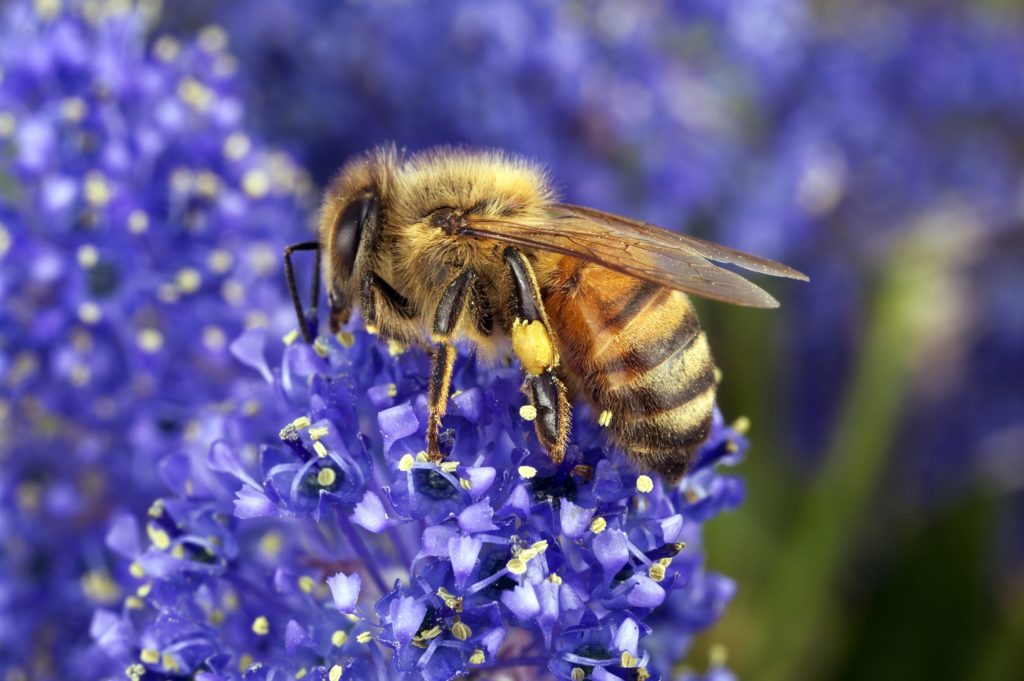Providing for bees in forest regeneration projects
Restoring pollinator populations should be prioritised for long-term effectiveness in forest restoration programmes According to the World Bank, 1.3 million km2 of forest was lost to human activities between 1990 and 2016, and deforestation rates have been increasing. With the threat of massive biodiversity losses and mounting evidence of the importance of forests in combatting climate change, efforts…
To bee or not to bee
This Sunday the UK celebrated World Bee Day (May 20th); the first year of the now to be annual UN awareness event aimed at increasing our sensitivity to the global importance and increasing struggle of pollinators. Whilst the event hopes to increase understanding of pollinators generally, including butterflies, moths, birds and bats, the focus is…
Buzzing activity around pollinator health
Yesterday I cherished the start of spring in England by attending an event devoted to pollinators and pollination at the University of Reading. Most presentations at this meeting organised by the Royal Entomological Society were understandably about bees, but we also heard a few talks highlighting the importance of other pollinator groups. For about five…
Four new bee species described in Australia – many more remain unidentified
By Miroslav Djuric, DVM, CAB International, Wallingford, UK. Bee specialists from South Australia have described four new native bees. Three of these bee species have been described as having narrow faces and very long mouths, allowing them to feed on slender flowers found on the emu bush, a hardy native of the Australian desert environment,…
Beekeepers March on Whitehall
<!– /* Style Definitions */ p.MsoNormal, li.MsoNormal, div.MsoNormal {mso-style-parent:""; margin:0cm; margin-bottom:.0001pt; mso-pagination:widow-orphan; font-size:10.0pt; mso-bidi-font-size:12.0pt; font-family:Arial; mso-fareast-font-family:"Times New Roman"; mso-bidi-font-family:"Times New Roman";} @page Section1 {size:612.0pt 792.0pt; margin:72.0pt 90.0pt 72.0pt 90.0pt; mso-header-margin:36.0pt; mso-footer-margin:36.0pt; mso-paper-source:0;} div.Section1 {page:Section1;} –> Wallingford is not only where our community of bloggers resides, but it is also home to Rowse Honey, the ‘UK’s…




